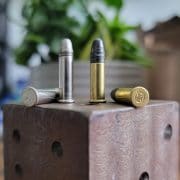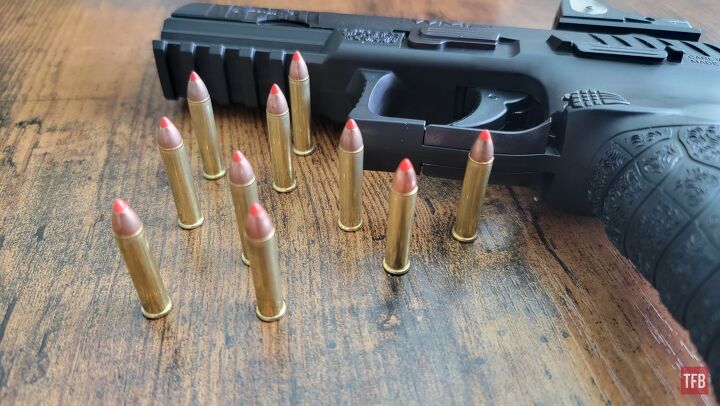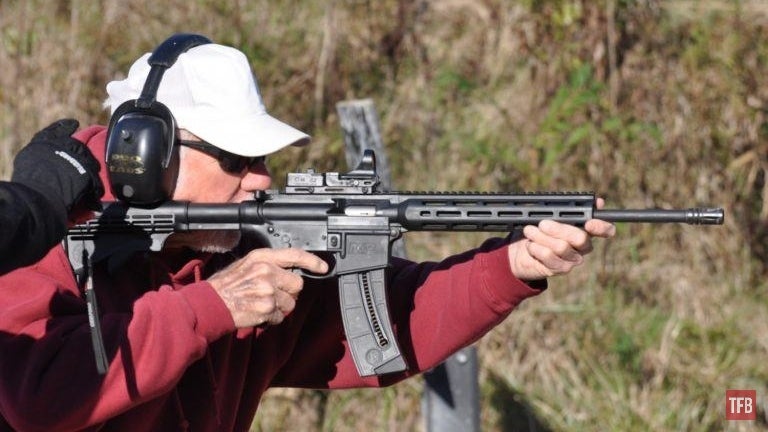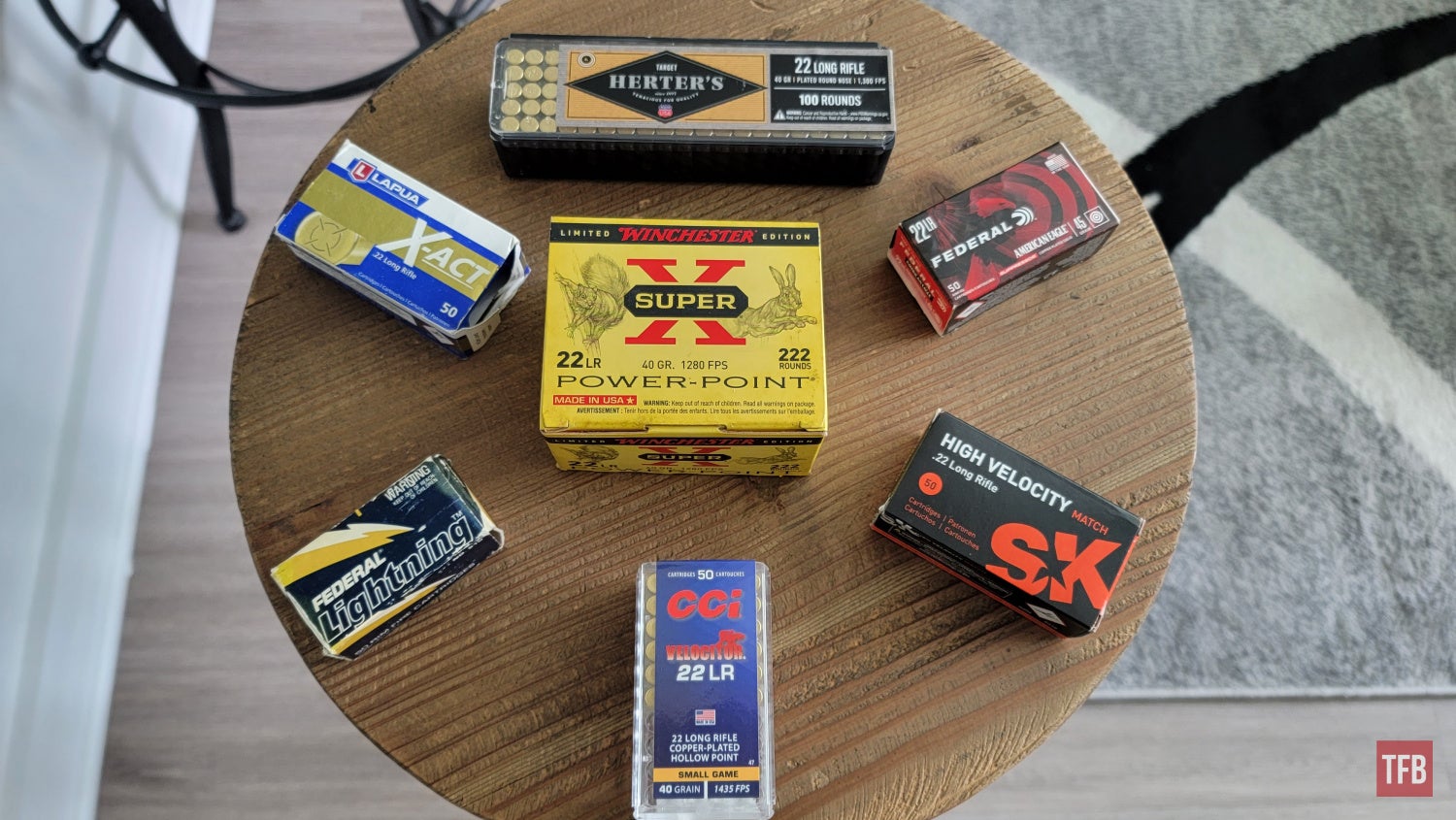Hello and welcome back to another edition of The Rimfire Report! This ongoing series is all about the rimfire firearm world! Last week we took a look at the practical application of .22WMR and whether or not it would make for a suitable stand-in as a self-defense cartridge. Although .22WMR is magnitudes more powerful than even the hottest of .22LR cartridges, many of you held the same sentiment towards it as you do .22LR – it’s just not powerful enough or reliable enough to feel comfortable carrying when you have other options available to you. The last part of that reasoning caught my attention as I’ve actually never had a failure to fire that I can remember when using .22WMR. So today I wanted to take a closer look at the reliability of various rimfire cartridges based on my experiences, and the experiences of others, to ascertain whether the infamous rimfire reliability gun lore is actually that bad.
More Rimfire Report Articles @ TFB:
- The Rimfire Report: Is 22 Magnum A Viable Concealed Carry Cartridge?
- The Rimfire Report: The Ultra Hot CCI Stinger In Ballistic Gelatin
- The Rimfire Report: Pondering the MK4 Carbine from MaddMacs Precision
The Rimfire Report: Rimfire Reliability – Is it Really That Bad?
Design
To start, I am not disputing that rimfire cartridges, especially .22LR, are by any means as reliable or more reliable than centerfire cartridges. This simple fact is clearly apparent from over 100 years of collective experience with the cartridge ranging from varmint hunters to competitive shooters. If you shoot even the smallest amount of .22LR, you’ve likely experienced a failure to fire at some point that wasn’t the gun’s fault.
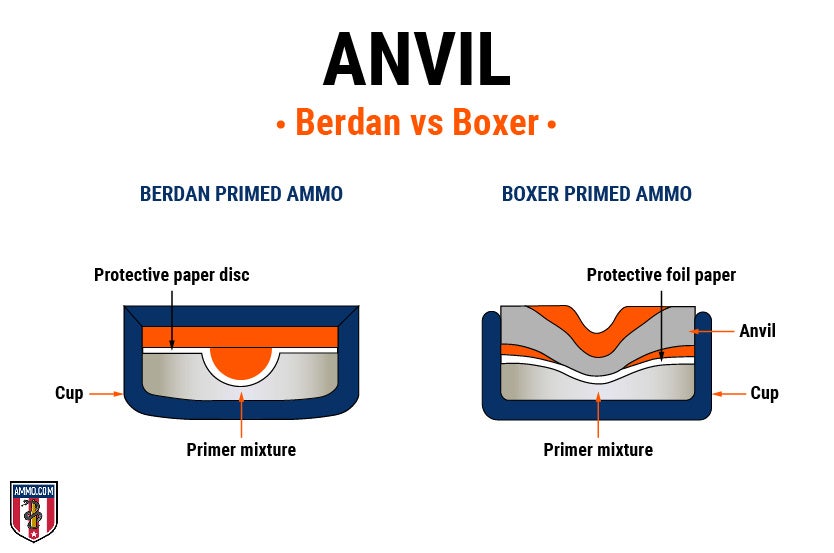
The typical composition of centerfire primers | Photo Source: Ammo.com
Based on my experiences, I think a lot of the rimfire reliability issues we often run into, often have to do with the design of the primer itself. In stark contrast to a centerfire primer, which by comparison is much more complex and expensive to manufacture, rimfire cartridges use a fairly crude method of ignition, and the priming compound is simply placed inside the empty casing (usually a drop or two) and then the case is spun to allow the primer compound to evenly spread around the rim until it is dried. Eley and a small handful of other companies use a more complex system of priming their rimfire cases and actually have a machine that actively presses an inert priming compound into the rim via mechanical force, after this is done, a measured amount of water is added to the case which activates the priming compound.

Photo: Arz
Speaking generally, both methods of priming rimfire cases work very well and as far as I know are used across the board with .22LR, .22CB, .22WMR, .17HMR, and 5mm Rem. That being said (and please take this with a massive grain of salt), I have actually never experienced a failure to fire out of an Eley or Lapua primed case that I can remember and this leads me to believe (perhaps erroneously) that the Eley method of rimfire priming might lead to better rimfire reliability.
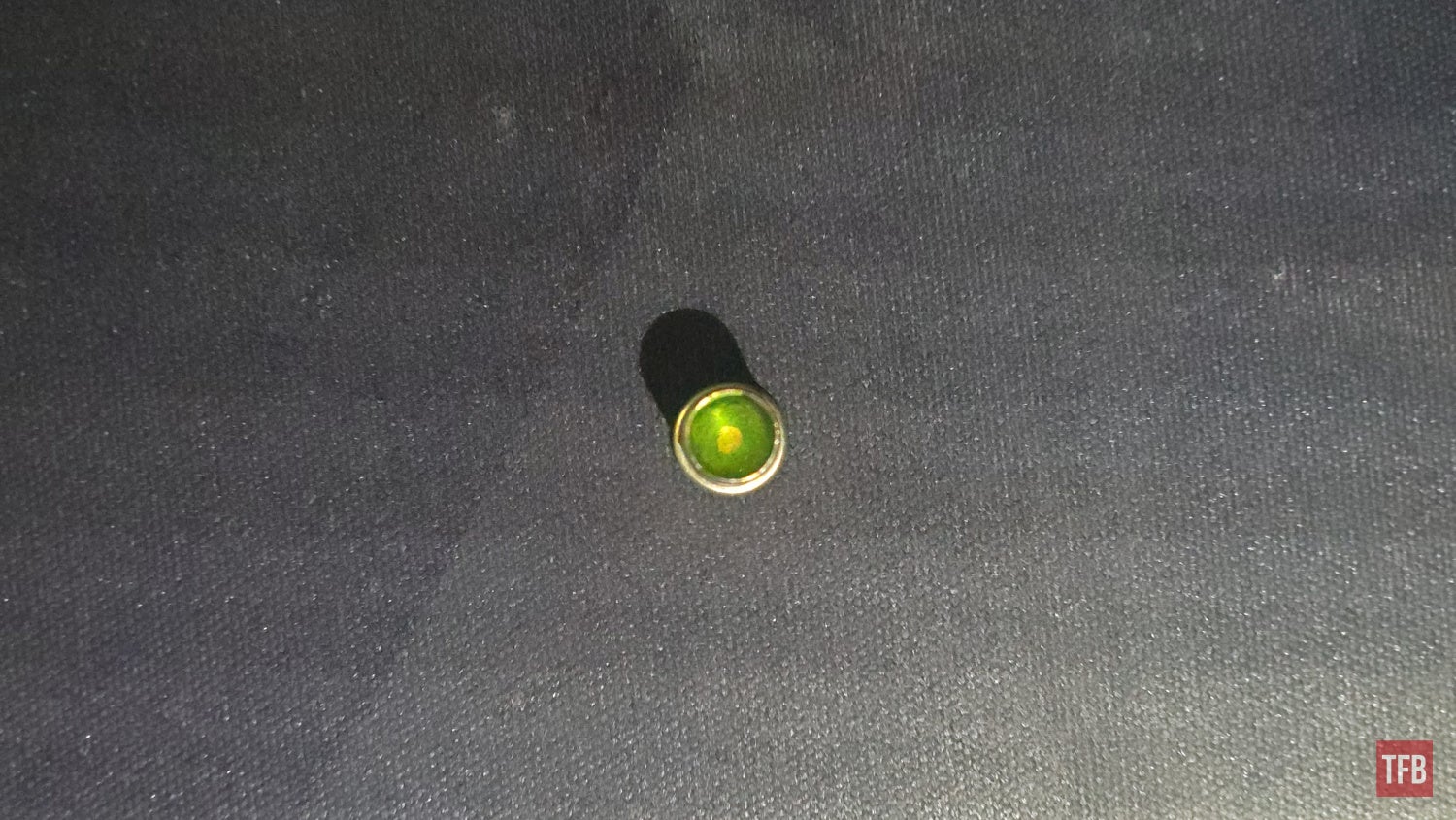
CCI primed case. Note the absence of any priming compound in the center due to the spinning process.

Lapua primed case. Both the color, consistency, and coverage are much more comprehensive when compared to the CCI case.
Inconsistency
One of the most recent experiences I’ve had when it comes to rimfire reliability had to do with my recent review of the SIG Sauer P322 pistol. During my initial durability and reliability testing, I put around 6,500 rounds through the pistol in about a week without cleaning. Of those rounds, I experienced exactly two failures to fire that were ammunition related and the remainder of the malfunctions had to do with the tendency of hollow point rounds to take a nosedive within the magazines.
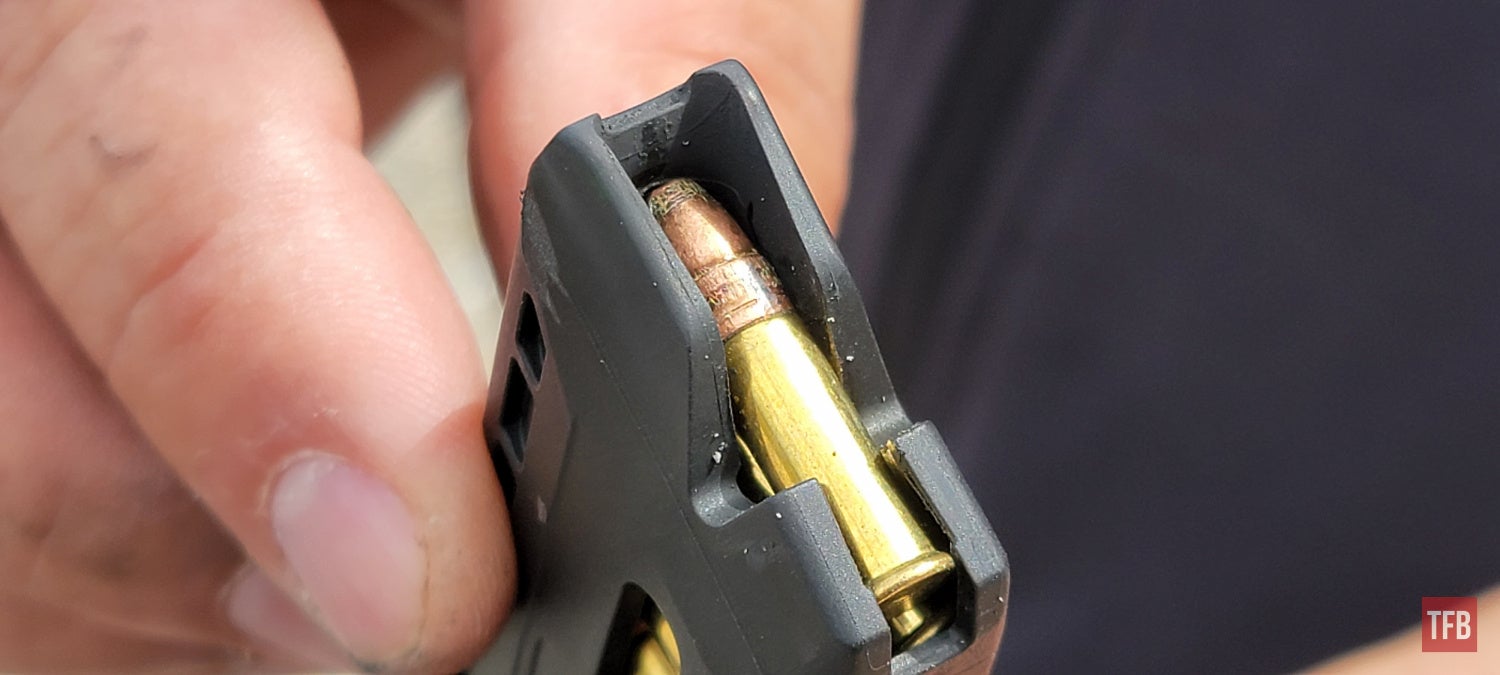
Unreliable, but in a different way.
Of those two rounds that failed to fire, both successfully fired after removing the cartridge. rotating it, and then restriking it. For those curious, one round was from a bulk pack of Remington 40-grain Thunderbolts, and another was surprisingly from a Federal 40-grain standard velocity cartridge. Recalling most of my steel challenge matches throughout the years, I’ve had my fair share of failures to fire but in a competition setting I’m less concerned about recovering and attempting to fire the round again so I can’t speak as to whether or not the round was theoretically capable of working – just that it didn’t during a high-stress situation. Therein lies the rub for most people.
A vast majority of the time, rimfire cartridges just work. Some ammunition brands are far more reliable and it’s largely dependent on who is making the casings and who is doing the priming. When it comes to .22WMR, .17HMR, and 5mm Rem, I am much less experienced with these cartridges as I don’t shoot them as often, but I also have had far fewer failures with those ammunition types, and even less with centerfire cartridges, although I have had plenty of them – even from reputable ammunition manufacturers. The best way I’ve heard it put for some of the less reputable ammunition manufacturers is that “they are primed, charged, and seated by chimpanzees” referring to the wild inconsistency of some bulk ammunition.
Other People’s Observations
YouTuber Paul Harrel actually did a very comprehensive (and probably very expensive) reliability test of lots of rimfire ammunition and to save you the time I’ll just reiterate his observations here: Over the 3,500 some odd rounds he fired, he encountered exactly 9 “dud” rounds. That’s a failure rate of about 0.26%. Translated into more tangible terms, this means that out of every 400 rounds he fired, he experienced roughly 1 dud round. If you feel like watching a man burning through thousands of rounds of 22LR in a single afternoon, the link to the video is here.
Paul did mention that he observed that more expensive ammunition had far fewer malfunctions than cheaper ammunition (1 round in 1,500 Mini-Mags was a dud). I have to 100% agree with him on this assessment based on my observations and only ever using Mini Mags for competition uses and with bi-monthly Steel Challenges I would say this sounds par for the course.
Chris Baker from Lucky Gunner also did a pretty interesting test of various rimfire ammunition but added various external factors to the test by exposing them to vibration, and moisture. In his 1,500-round torture test, he experienced zero failures despite the extra exposure. A number of years back I did a similar series of tests and found that moisture exposure killed basically only cheap bulk ammo.
Those who are far older than I, have also mentioned in passing that they’ve seen a marked increase in overall reliability in rimfire cartridges as the years have gone by. This could likely be due to companies improving their priming compounds, priming methods, and equipment which could easily translate to improved reliability.
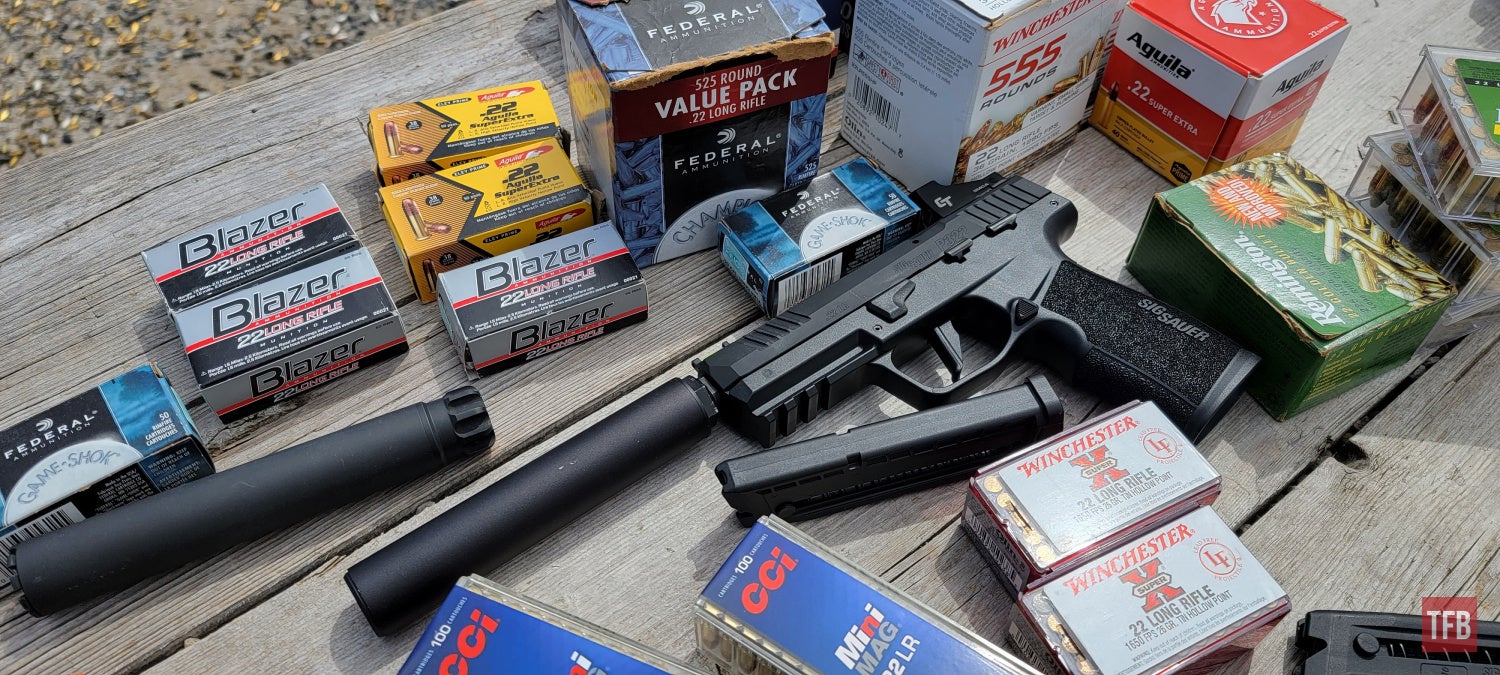
The Rimfire Report: Rimfire Reliability – Is it Really That Bad?
Conclusions
I don’t think rimfire cartridges deserve all the hate that they get. Yes, they are far less reliable today even with the improved priming processes and methods. However, I haven’t observed what I would consider being a complete and utter lack of reliability from rimfire cartridges. Instead, I think it is simply a combination of factors that lead many to believe that rimfire cartridges are extremely lackluster in their reliability. Fire enough of any type of cartridge and you’re bound to run into a failure at some point. That being said, I don’t think rimfire ammunition is the absolute dumpster fire that many people portray it to be.
I think with high-quality ammunition from a reputable manufacturer, there is still a case to be made for carrying a .22LR either as a backup gun or as a primary carry gun if you have extreme recoil sensitivity. Companies like Federal Premium, Lapua, and Eley are making some very reliable rimfire ammunition which I think is at least consistent and reliable enough to warrant them being considered on your list of available options.
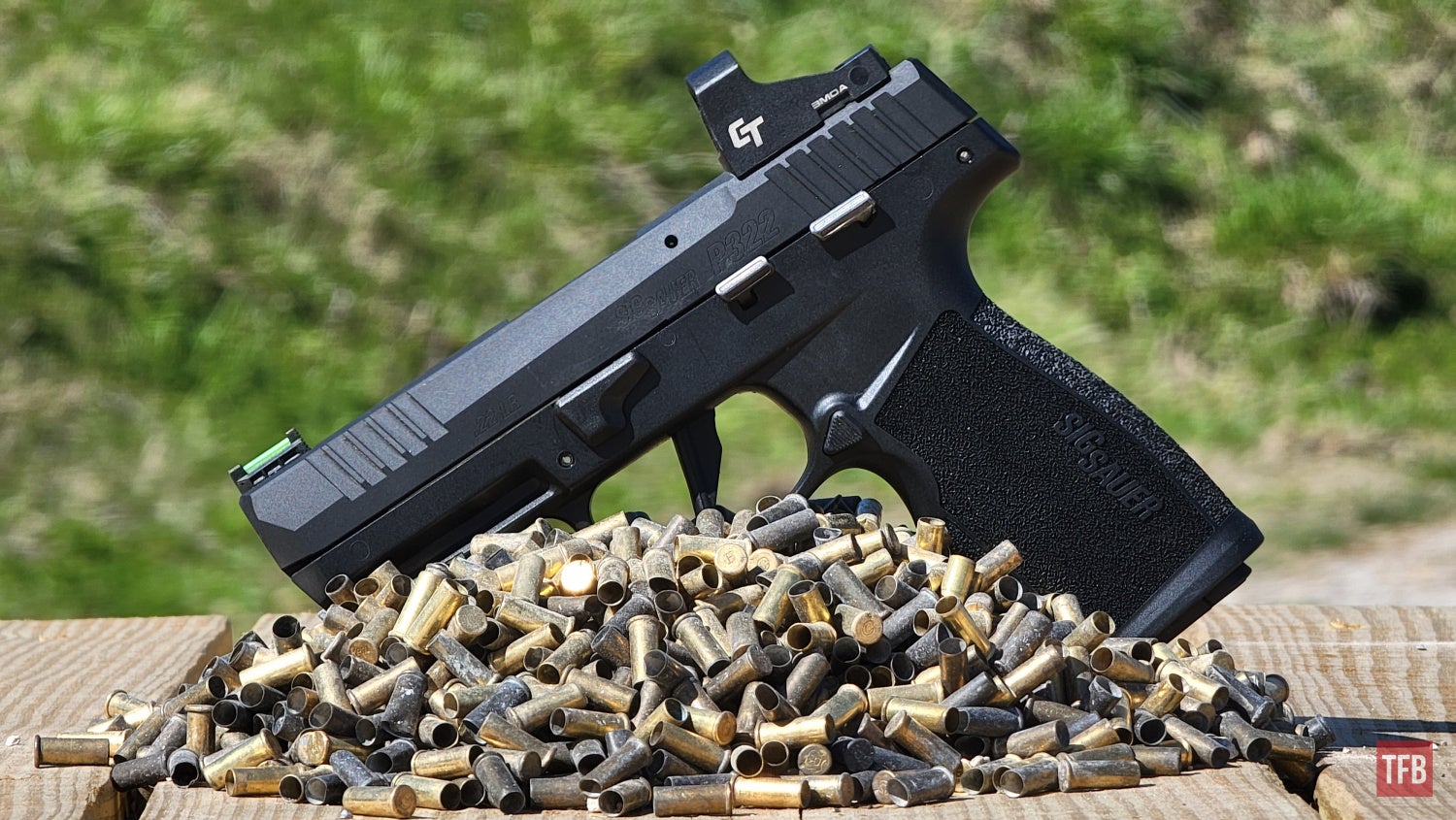
The Rimfire Report: Rimfire Reliability – Is it Really That Bad?
As always, I’d like to hear your thoughts on this subject. What have your experiences been with rimfire ammunition over the years? Has reliability improved? is there a specific type of ammunition that is very unreliable or conversely, very reliable? Let us know your thoughts and experiences down in the comments and we’ll see you again in next week’s edition of The Rimfire Report!
We are committed to finding, researching, and recommending the best products. We earn commissions from purchases you make using the retail links in our product reviews. Learn more about how this works.


